Who needs store-bought Pita Bread when you can whip up these fluffy, golden pockets of perfection right at home? With just a handful of pantry staples and a little patience, you’ll have warm, pillowy pita bread that’s perfect for scooping, stuffing, or dipping. Trust me, once you’ve tasted these straight out of the oven, there’s no turning back!
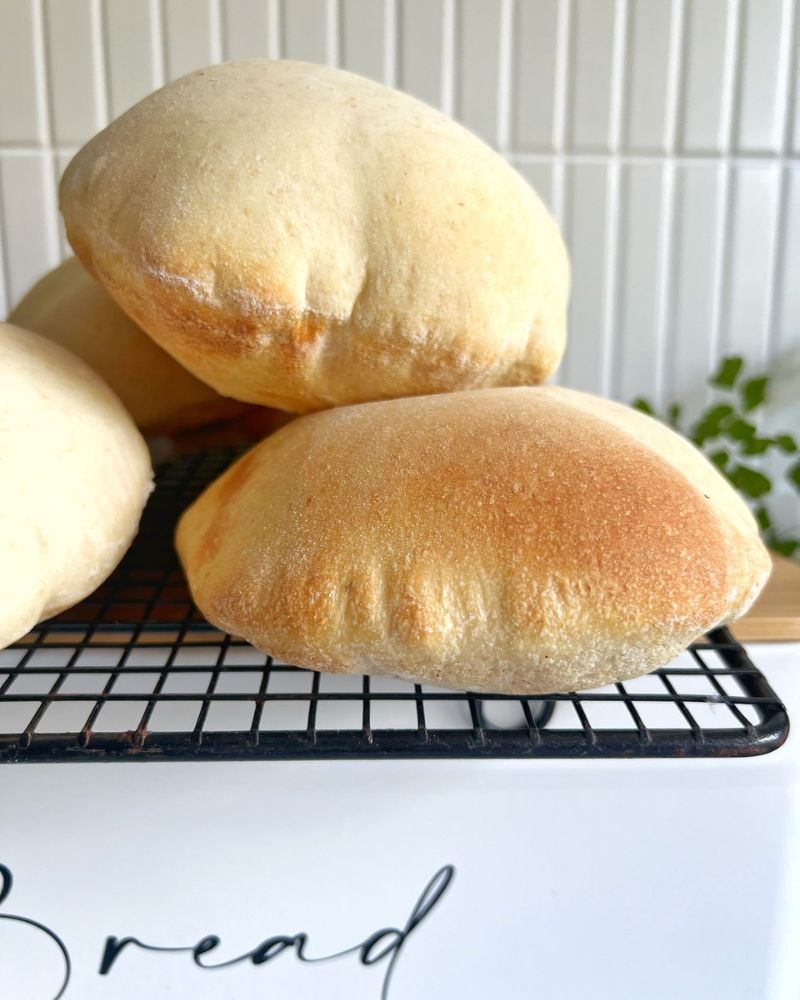
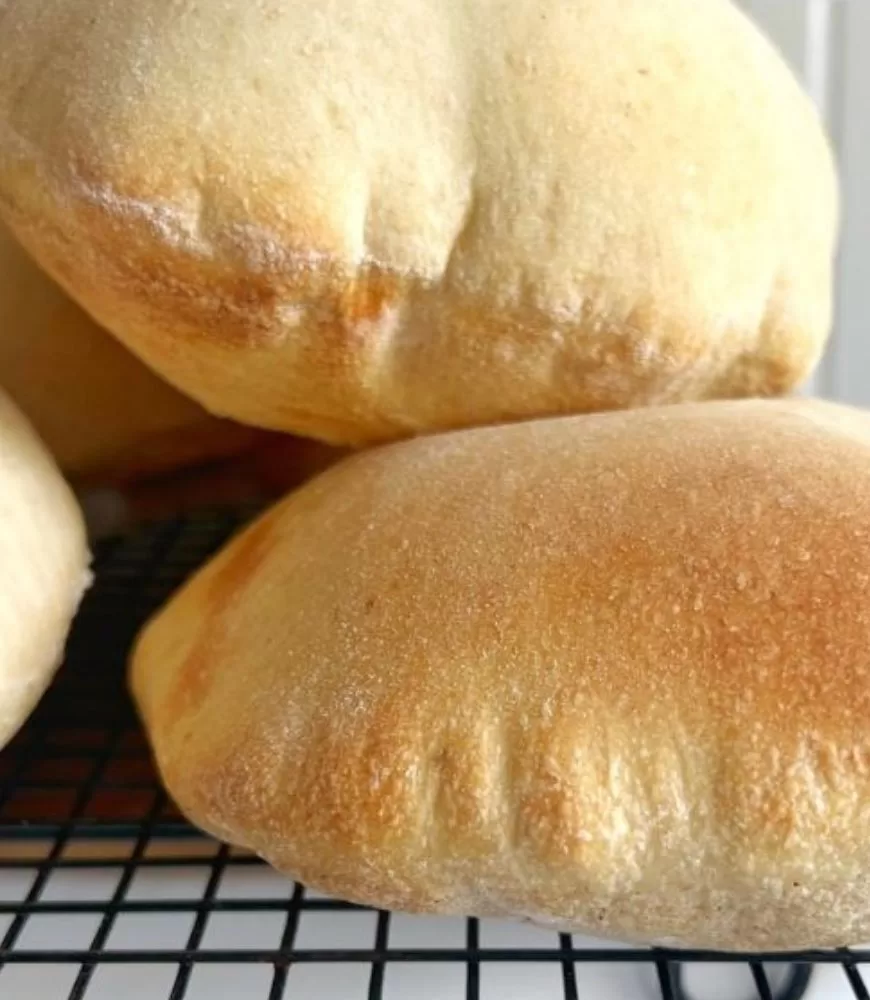
There’s something magical about homemade pita bread. The aroma of freshly baked bread wafting through your kitchen, the soft, pillowy texture, and the way it puffs up into a perfect pocket—it’s a simple pleasure that store-bought can’t compete with. Plus, making your own means no preservatives, just pure, wholesome goodness.
These pita breads are incredibly versatile. Use them as a base for loaded gyros, stuff them with falafel and fresh veggies, or tear them into pieces for scooping up creamy hummus or smoky baba ganoush. They’re also fantastic for homemade pizza bases or even as a side with soups and curries.
Storage ❄️
If you have leftovers (though they disappear quickly in my house!), you can store them in an airtight container or zip-lock bag at room temperature for up to 2 days or in the freezer for longer. Simply warm them in the oven or a dry pan before serving, and they’ll taste just as fresh.
Once you’ve tried this recipe, you’ll see how easy and rewarding it is to make pita bread from scratch. It’s one of those recipes that brings joy to the process and the plate—every bite is a little piece of homemade heaven!
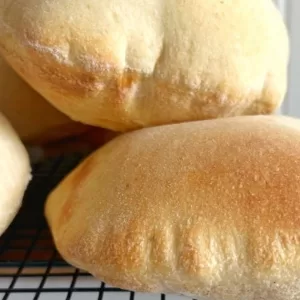
Pita Bread
Ingredients
- 90g lukewarm whole milk
- 90g lukewarm water
- ½ teaspoon caster sugar
- 7g sachet dry yeast (or 2 teaspoons Instant Dried Yeast)
- 250g bread flour (you can also use regular plain flour)
- 50g wholemeal plain flour
- 1 teaspoon salt
- 1 tablespoon olive oil
Instructions
- Place the milk, water and sugar into a jug or small bowl. Add the yeast and stir to combine. Allow to sit for 10 minutes to "bloom" or until mixture is foamy.
- Combine flours and salt in a large bowl or in the bowl of your stand mixer, making a well in the centre. Add the yeast mixture and olive oil, then mix to form a shaggy dough.
- If using a stand mixer, attach your dough hook and knead on low speed for 5-6 minutes or until the dough is smooth and elastic or if kneading by hand, knead for 8-10 minutes or until the dough is smooth and elastic.
- Place dough ball into a large, lightly oiled bowl and cover with a damp tea towel or plastic wrap. Set aside in a warm place and allow it to rise for 1 hour or until doubled in size.
- Lightly dust your work surface with flour. Knock the air out of the dough and divide dough into 6 equal pieces. Roll each into a ball and keep covered with a clean tea towel.
- Lightly flour your work surface then working with one dough ball at a time, flatten it out with the palm of your hand. Using a rolling pin, roll out dough in a circular motion to approximately 15cm in diameter. Set aside and allow to rise to rise again for 20-30 minutes. Repeat with remaining dough balls.
- While dough is resting, preheat your oven with a pizza stone or baking steel to the highest temperature it will go. If you have neither of these, you can use a flat oven tray upside down instead.
- Working with one pita bread at a time, transfer to the stone or tray in the oven and cook for approximately 3-5 minutes or until the bread has puffed up and is lightly golden in colour. (See Note 2). Carefully remove from oven and transfer to a wire rack or clean tea towel. Cover to keep warm if desired. Repeat process with remaining 5 pita breads. Serve.
Notes
- MEASUREMENTS
We use Australian metric measurements. 1 teaspoon = 5ml, 1 tablespoon = 20ml and 1 cup = 250ml
We use free range extra large size eggs. Each egg weighs approximately 59g. - COOKING THE PITAS
You need to make sure you preheat your oven with the stone, steel or baking tray inside of it at the highest temp it will go. This is usually around the 230C-250C mark.
You can cook more pitas at once if desired but as they don’t take long to cook, I find working with one a time easier and less chance to overcook them. I find also, they puff up quicker and brown more evenly cooking one a time.
You may also like
- Crazily Good Hummus
- The Easiest Garlic Naan Bread Ever
- Lamb Kofta (Kafta)
- Fresh Spinach Dip
- Easy Lebanese Fattoush Salad

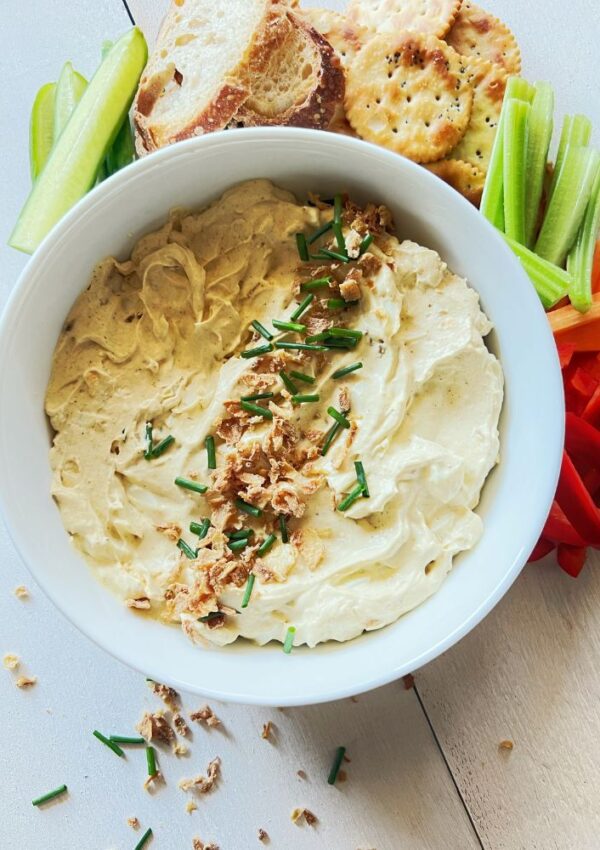
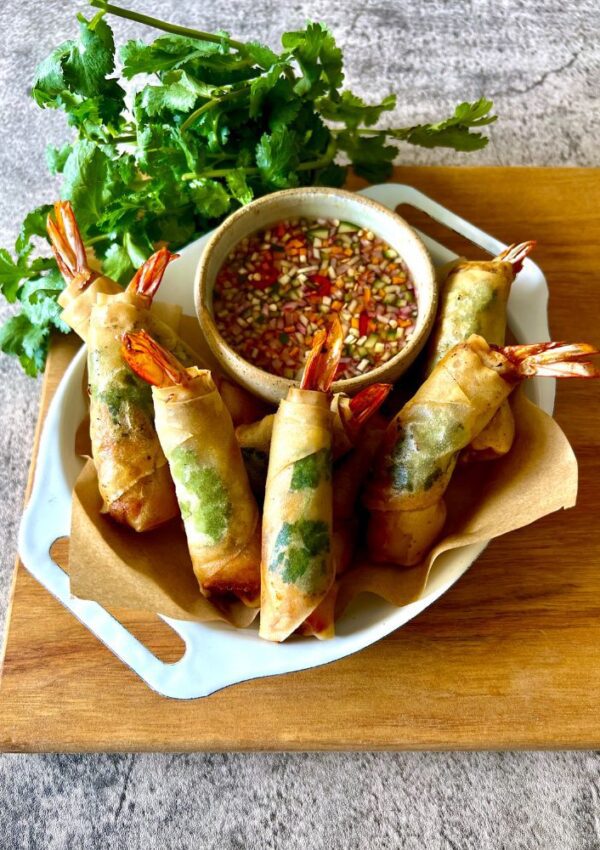



Leave a Reply